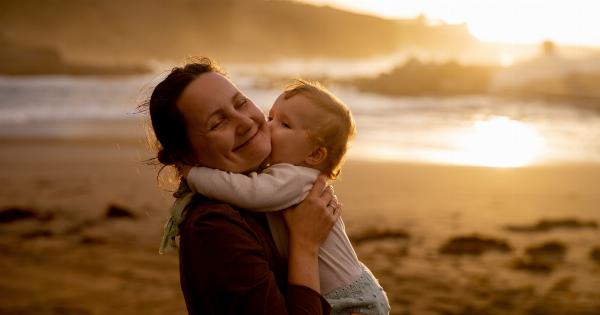Beach days can be a great way to spend time with your family, but they can also present certain dangers, especially for children. That’s why it’s important to follow some basic safety guidelines to ensure that everyone has a safe and enjoyable time.
Here’s our ultimate guide to keeping your children safe and having fun at the beach.
Choose the Right Beach
Choosing the right beach is the first step in making sure that your children have a safe and enjoyable experience. Look for a beach that is known for being family-friendly and has facilities like restrooms and showers.
Check if the beach has lifeguards on duty and if there are any warnings about strong currents or dangerous waves.
Monitor the Weather
The weather can change quickly at the beach, so make sure to monitor the forecast and plan your day accordingly. Avoid going to the beach on days when the weather is particularly hot, as this can increase the risk of heat exhaustion and sunburn.
If there are thunderstorms in the forecast, it’s best to stay away from the beach altogether.
Protect Against the Sun
Protecting your children’s skin from the sun is essential to ensure that they don’t get sunburned or suffer from other skin damage.
Apply sunscreen with an SPF of 30 or higher before going to the beach and reapply it every two hours or immediately after swimming. Make sure to cover all exposed areas, including the face, ears, and backs of the knees. Hats, sunglasses, and lightweight, long-sleeved clothing can also provide additional protection.
Stay Hydrated
Spending a hot day at the beach can quickly lead to dehydration, so it’s important to drink plenty of water. Bring a large cooler with plenty of water, juice, and other non-alcoholic beverages.
Encourage your children to drink regularly and avoid sugary or caffeinated drinks, which can actually increase dehydration.
Be Aware of Water Safety Risks
The beach can be a lot of fun, but it also poses certain risks, especially when it comes to water safety. Make sure your children never swim alone and always supervise them when they are in the water.
Teach them about rip currents, which are fast-moving channels of water that can pull swimmers away from shore. If you get caught in a rip current, stay calm and swim parallel to the shore to escape.
Set Clear Boundaries
Set clear boundaries with your children before you arrive at the beach. Don’t let them wander off alone or into unfamiliar areas. Make sure they know not to swim too far out or near rocks or other hazards.
If you have younger children, consider setting up a visual boundary, such as a line of beach chairs or towels that they know not to wander beyond.
Bring the Right Gear
Having the right gear can make all the difference when it comes to having a safe and enjoyable day at the beach. Bring plenty of towels, a first-aid kit, and any necessary medications, such as allergy medication or an inhaler.
If you plan to spend a lot of time in the water, consider bringing life jackets or floatation devices for your children.
Be Prepared for Emergencies
Even if you’ve taken all the necessary precautions, emergencies can still happen. Make sure to have a plan in place in case of an emergency and know where the nearest medical facilities are located.
If your child is injured or unwell, seek medical attention immediately.
Take Breaks
Spending an entire day at the beach can be exhausting, especially for young children. Take regular breaks and encourage your children to rest in the shade or take a nap.
In addition to helping them recharge, taking breaks can also help prevent heat exhaustion and dehydration.
Have Fun!
Most importantly, remember to have fun! Beach days can be a great way to make memories with your children and enjoy some quality family time. Following these simple safety guidelines will help ensure that everyone has a safe and enjoyable experience.




























